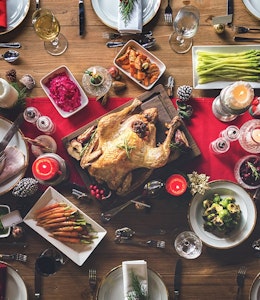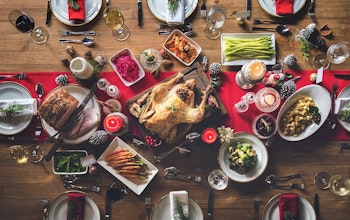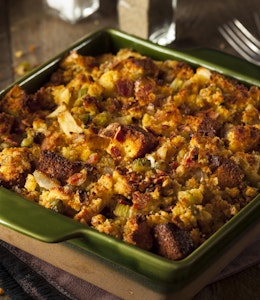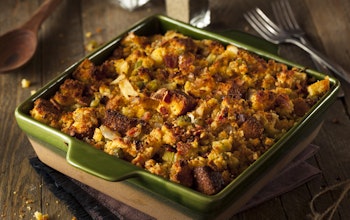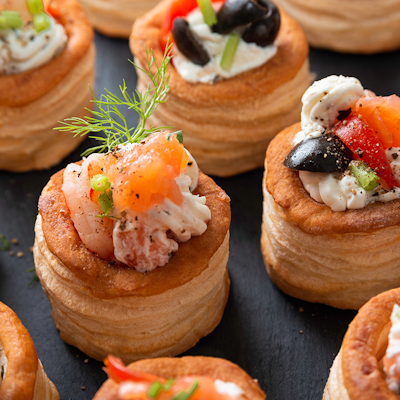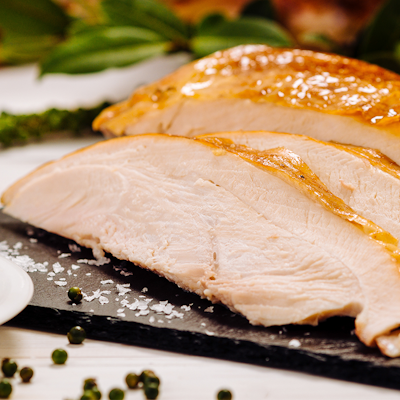Everything to know about pigs in blankets
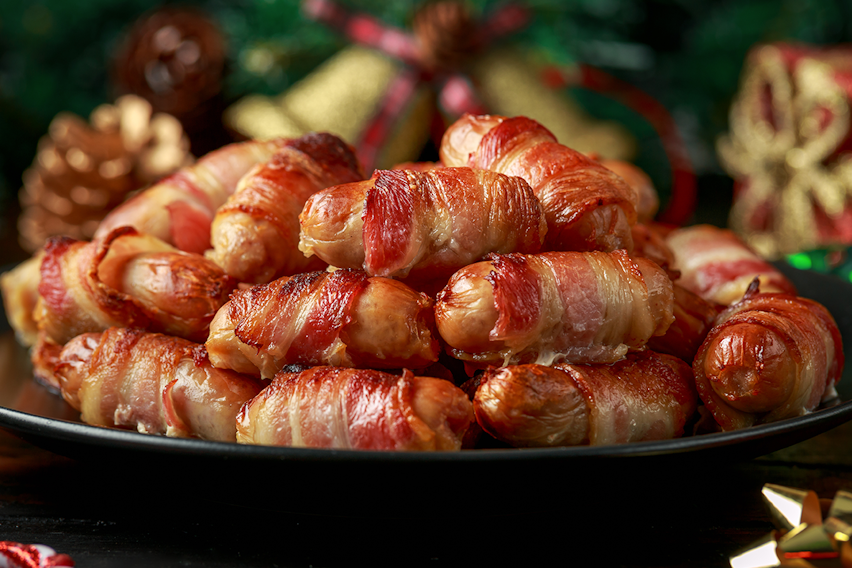
Here at Erudus, we’re here to make the lives of those in foodservice easier, and that’s especially important when things get busy and time is money. Pigs in blankets are more than a staple at the Christmas dinner table, they are a culinary sensation - new varieties are being rolled out every year, and they’re increasingly featuring in festive sandwiches and other snacks offered by restaurants, pubs, cafes and takeaways. So with (fingers crossed) this upcoming month being one of the most hectic times of year, we thought we’d gift you some time by explaining everything you need to know about pigs in blankets and their dietary and nutritional information…
What are pigs in blankets?
Pigs in blankets are chipolata sausages wrapped in streaky bacon and roasted. They are traditionally eaten in the UK at Christmas alongside turkey, stuffing, roasted potatoes and vegetables, cranberry sauce and gravy.
What are different varieties of pigs in blankets?
Because pigs in blankets are so popular there are many different varieties on the market. Usually this means a variation on the sausage used - swapping out chipolatas for chorizo style sausages or chicken sausages, or adding ingredients such as chestnut or apple - or a variation on the bacon used. Maple cured bacon, smoked and unsmoked bacon, and honey cured bacon are all popular varieties of bacon.
Although pigs in blankets are traditionally cocktail sausage sized, longer, full-sized varieties are becoming increasingly popular.
Why are pigs in blankets called pigs in blankets?
Pigs in blankets are so called because they are made from pigs (sausages) and wrapped up in a ‘blanket’.
It’s worth noting that ‘pig in a blanket’ means something different in the US, where it refers to a cocktail sausage wrapped in croissant-style pastry.
Do pigs in blankets contain any allergens?
Pigs in blankets sometimes contain allergens. Whilst it depends on the variety, a lot of sausages include rusk as an ingredient. Rusk is usually made from wheat, a Cereal containing Gluten (one of the 14 major food allergens).
Gluten-free pigs in blankets are sometimes entirely allergen-free but not always. On Erudus, Oakfield Foods Ltd supplies some pigs in blankets (code PP003) that are free from any of the 14 major food allergens.
Pigs in blankets may also contain the following from the 14 major food allergens.
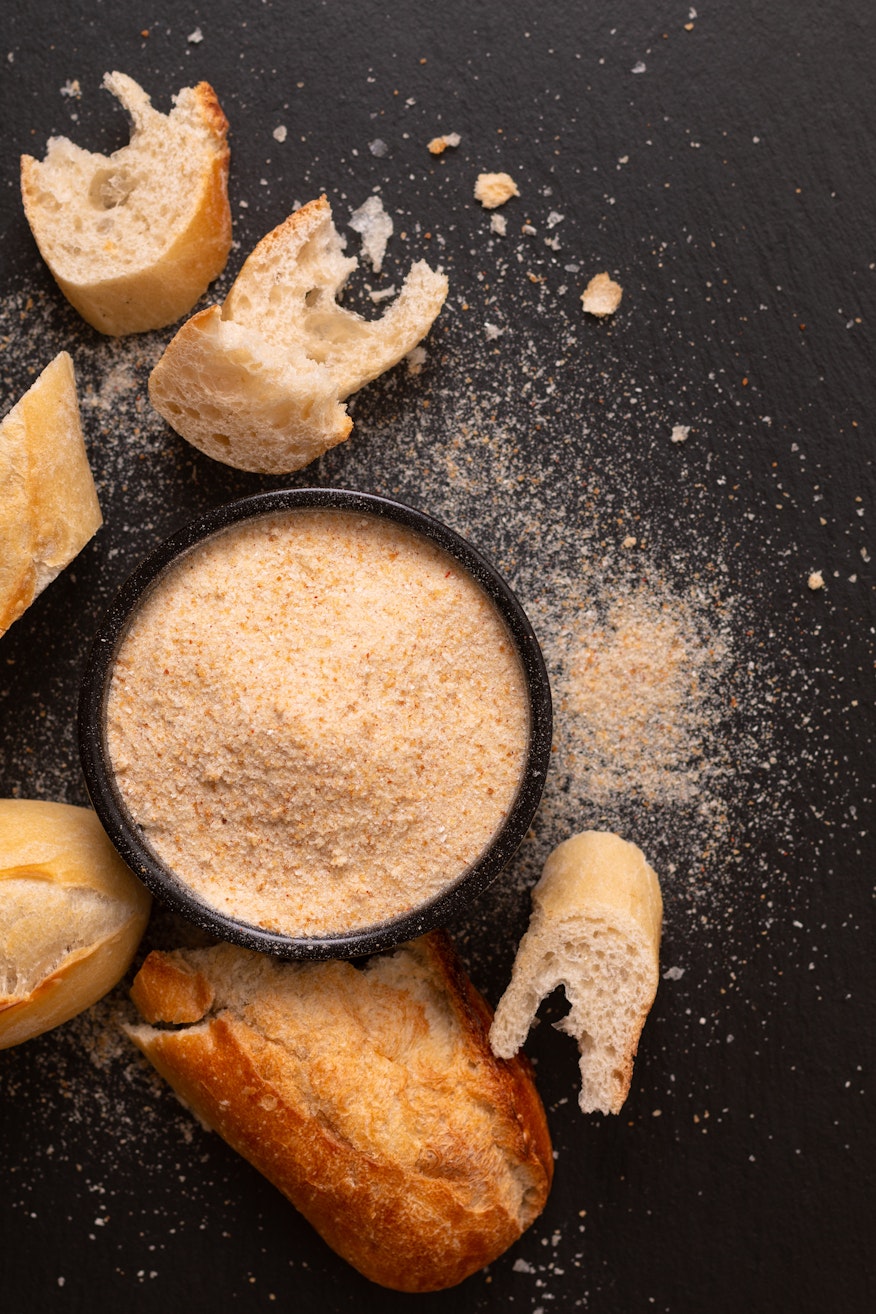
Top tip!
Be sure of what’s in your pigs in blankets with an Erudus Nutritional & Allergen Data Search. You can find out ingredients, any allergens they do or may contain, and which diets they are not suitable for, as well as much more.
You may also be interested in…
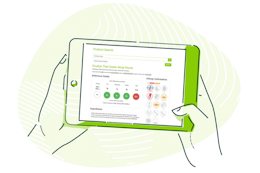
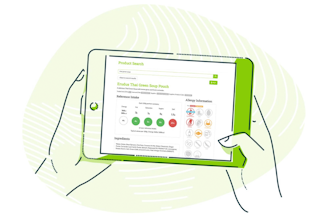
You may also be interested in…
Erudus Allergen & Nutritional Data Search
ReadWhere are pigs in blankets made?
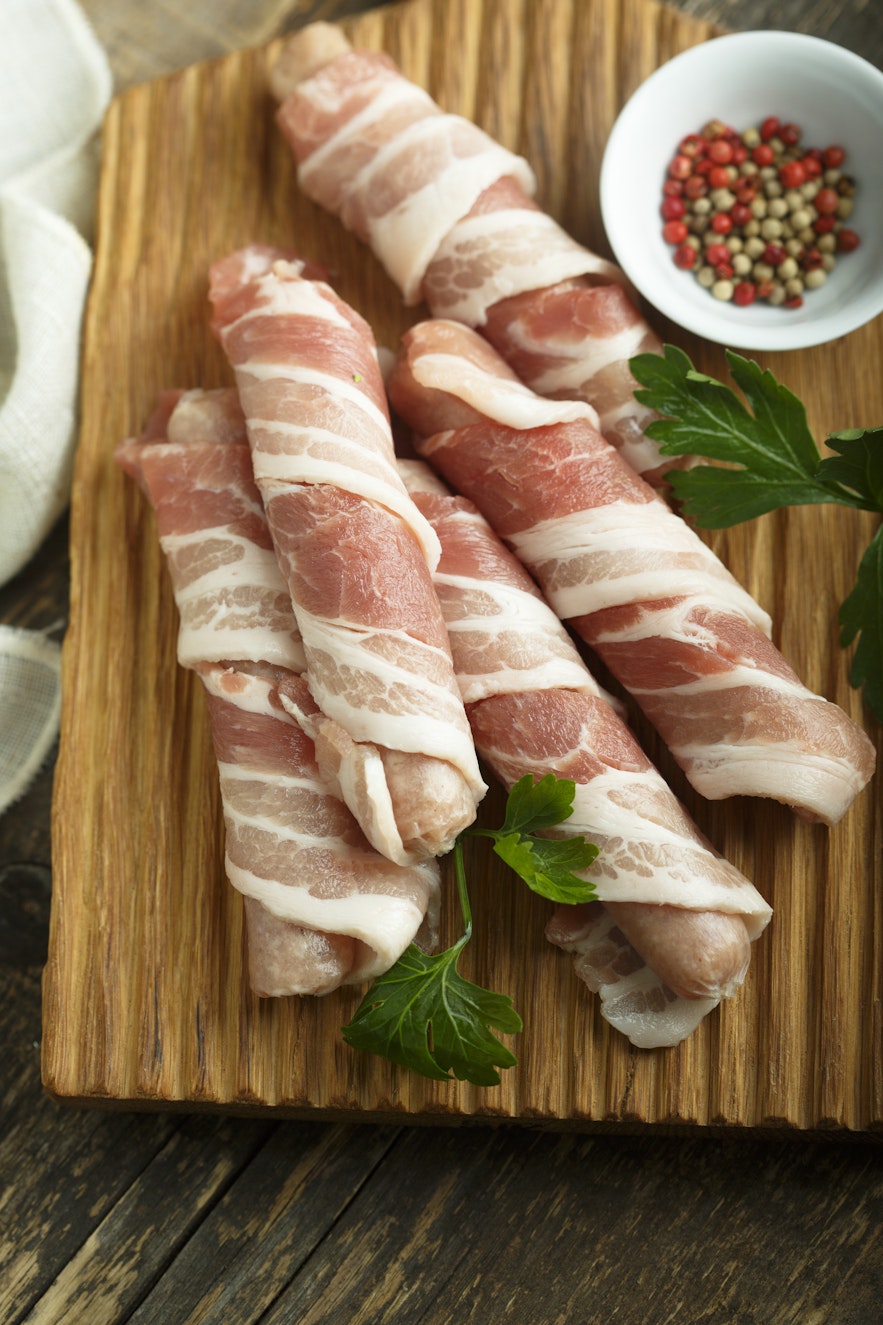
Some pigs in blankets are made entirely in the United Kingdom, whereas others are assembled in the United Kingdom using meat sourced from EU countries such as Denmark, Germany, the Netherlands, Ireland and France.
Are pigs in blankets suitable for vegans?
No, pigs in blankets are not suitable for vegans because they are made from sausage and bacon - both pork meat products.
However, there are several vegan, meat-free varieties of pigs in blankets available to buy. These are usually made from ingredients like pea protein, mushrooms and soy protein (please note that Soya is one of the 14 major food allergens). On Erudus you can find THIS Isn’t Pork Plant-Based Pigs in Blankets, which are suitable for Vegans and Vegetarians.
Are pigs in blankets suitable for Kosher diets?
Pigs in blankets are not suitable for Kosher diets because they contain pork. Many meat-free varieties of pig in blanket are suitable for Kosher diets but it’s best to check dietary information and ingredients on Erudus to be sure.
Are pigs in blankets suitable for Coeliacs?
Most varieties of pig in blanket are not suitable for Coeliacs, because wheat is among the ingredients. Wheat is a Cereal containing Gluten, one of the 14 major food allergens. People with Coeliac Disease cannot eat gluten. However, there are many Gluten-Free varieties of pigs in blankets available.
Why are pigs in blankets eaten at Christmas?
There are no specific known origins of pigs in blankets becoming a traditional part of the British Christmas dinner, but the first written record of the product in general goes back to 1957. Some people credit the chef Delia Smith for the boost in popularity pigs in blankets received in the 1990s after she included them in a Christmas recipe book. It was around then that supermarkets began to sell them pre-made.
You may also be interested in…
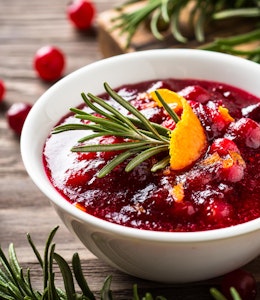
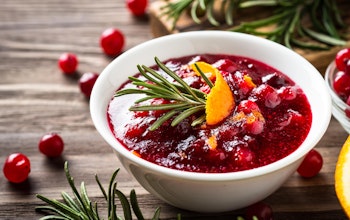
You may also be interested in…
Everything You Want to Know About Cranberry Sauce
ReadTop tip!
Pork sausages and bacon freeze well - pigs in blankets components can be bought well ahead of time, frozen, then thawed and assembled to cook right before they are needed. Given the current uncertainty around food supply, buying early is a good way of ensuring you have all your festive supplies. For more advice and inspiration, read our story on festive foods to buy now and use later.
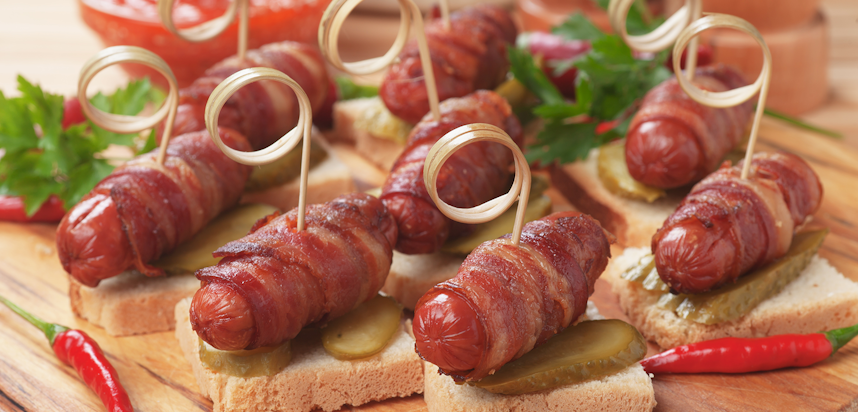
What are some other uses for pigs in blankets?
Pigs in blankets are traditionally served as part of a Christmas dinner, but they also make great canapes for festive parties and occasions.
They are often included in festive sandwiches, alongside turkey, stuffing and cranberry sauce and can even be used as an ingredient in pies and tray-bakes.
